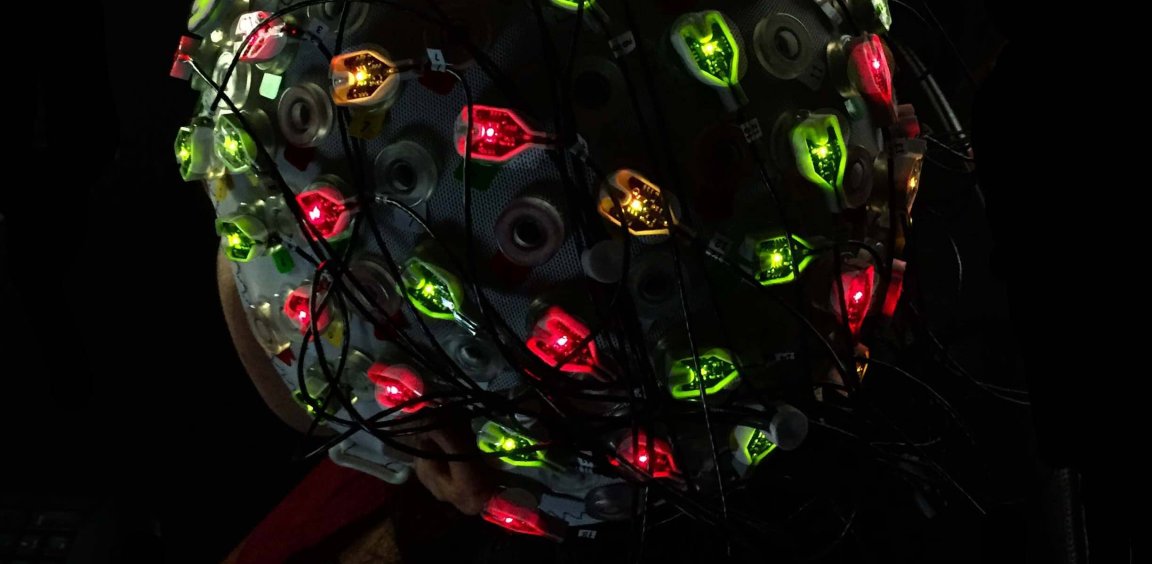
Mind Readers
The power to move machines with your mind —essentially, that is the promise of a fully-functioning brain-computer interface (BCI).
While we aren’t quite there yet, plenty of research is going into BCIs, some of which focuses on the use of such systems to improve the lives of people suffering from one type of locked-in syndrome or another (a physical condition in which a patient cannot move or communicate but is still fully aware). Recently, a team of researchers managed to contribute to the cause, building a BCI that can decipher the thoughts of people unable to communicate otherwise. Their study, which is published in the journal PLOS Biology, is very promising as the participants reported being “happy” even despite their condition.
Niels Birbaumer, a neuroscientist at the Wyss Center for Bio and Neuroengineering in Geneva, Switzerland, and his team of researchers tested their BCI on four individuals suffering from amyotrophic lateral sclerosis (ALS). The patients were all asked personal questions that could be answered with a simple “Yes” or “No.” Examples include “Is your husband’s name Joachim?” and “Are you happy?” For questions with a definitive correct response, the patients gave the right answer seven times out of 10.
The tests disproved previously held assumptions that people with complete locked-in syndrome are incapable of the goal-oriented thought needed to make a BCI work. “The striking results overturn my own theory that people with complete locked-in syndrome are not capable of communication,” Birbaumer said in a press release. “We found that all four people we tested were able to answer the personal questions we asked them, using their thoughts alone. If we can replicate this study in more patients, I believe we could restore useful communication in completely locked-in states for people with motor neuron diseases.”

Your Thoughts?
The team’s BCI utilized near-infrared spectroscopy (NIRS) and electroencephalography (EEG), which worked together to measure blood oxygenation and electrical activity in the brain. Though still limited as to which thoughts it could read, this BCI is currently the only method that has successfully restored the communication capabilities of people with complete locked-in syndrome.
Now, BCIs usually come in two forms: partially invasive (devices are planted inside a person’s skull) and non-invasive (wearables send signals to the brain), which is the type Birbaumer’s team used. In some sense, they are hacking the brain as BCIs learn how to read and translate brain signals into concrete actions — whether by moving a prosthetic limb or by translating a thought into something communicable.
Naturally, a device like this has the potential to improve the quality of life of people suffering from various neurological afflictions. According to the director of the Wyss Center, John Donoghue, “The Wyss Center plans to build on the results of this study to develop clinically useful technology that will be available to people with paralysis resulting from ALS, stroke, or spinal cord injury. The technology used in the study also has broader applications that we believe could be further developed to treat and monitor people with a wide range of neuro-disorders.”